Research

Anyone interested in biohacking their body using photons to become younger can achieve amazing results. Definition: A photon is the smallest discrete amount or quantum of electromagnetic radiation. It is the basic unit of light. Imagine a shaft of yellow sunlight beaming through a window. According to quantum physics, a beam is made of zillions of tiny packets of light, called photons, streaming through the air. Our company uses photons to help repair and rejuvenate the body in a special way. Biophotonic therapy is not something new, but nobody else has the technology we have! We use the red-light frequencies of 633 nm and near-infrared frequencies of 850 nm as carrier waves to carry another 32 beneficial therapeutic frequencies that the body absorbs easily.
Here is one of our stories. We participated in a Health Conference in Scottsdale, Arizona, from November 11th – 12th. Below are the results of just a 30-minute session Donna did under the canopy. Donna has a serious condition that she is trying to resolve. Here are just some of her results:
• The nervous systems turned positive
• Inflammation and stress were reduced dramatically
• Acupuncture meridian channels were enhanced from being highly deficient to normal.
Donna’s Before and After Results: As you can see from comparing the Before and After results above, Donna experienced a remarkable positive change from just a 30-minute session under the Acata Core Harmony Biophotonic Canopy! We also have a smaller unit you can wrap anywhere on and around your body. I think every household should have a Canopy & a Wrap. Please check out all the 34 frequencies that Donna experienced by going to the website below.
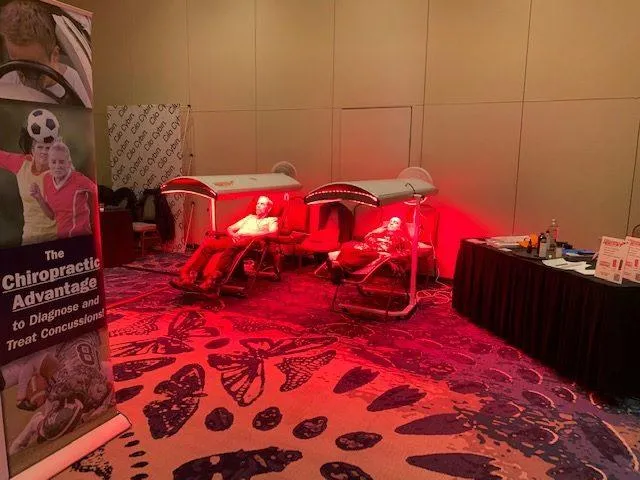
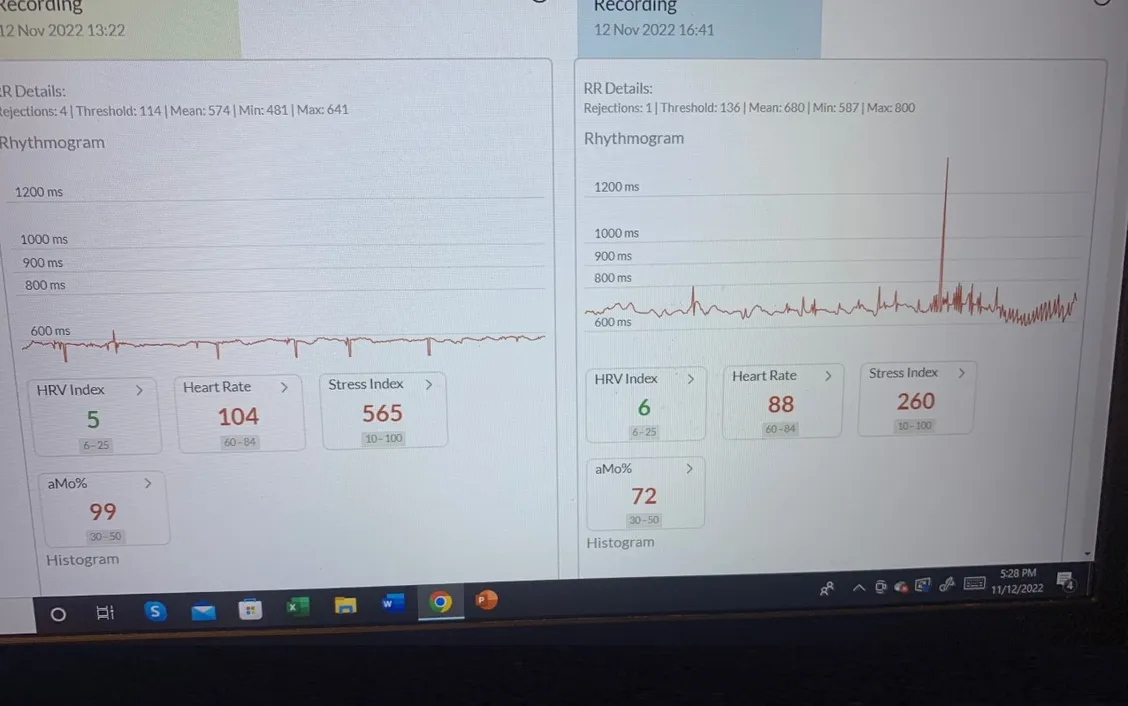
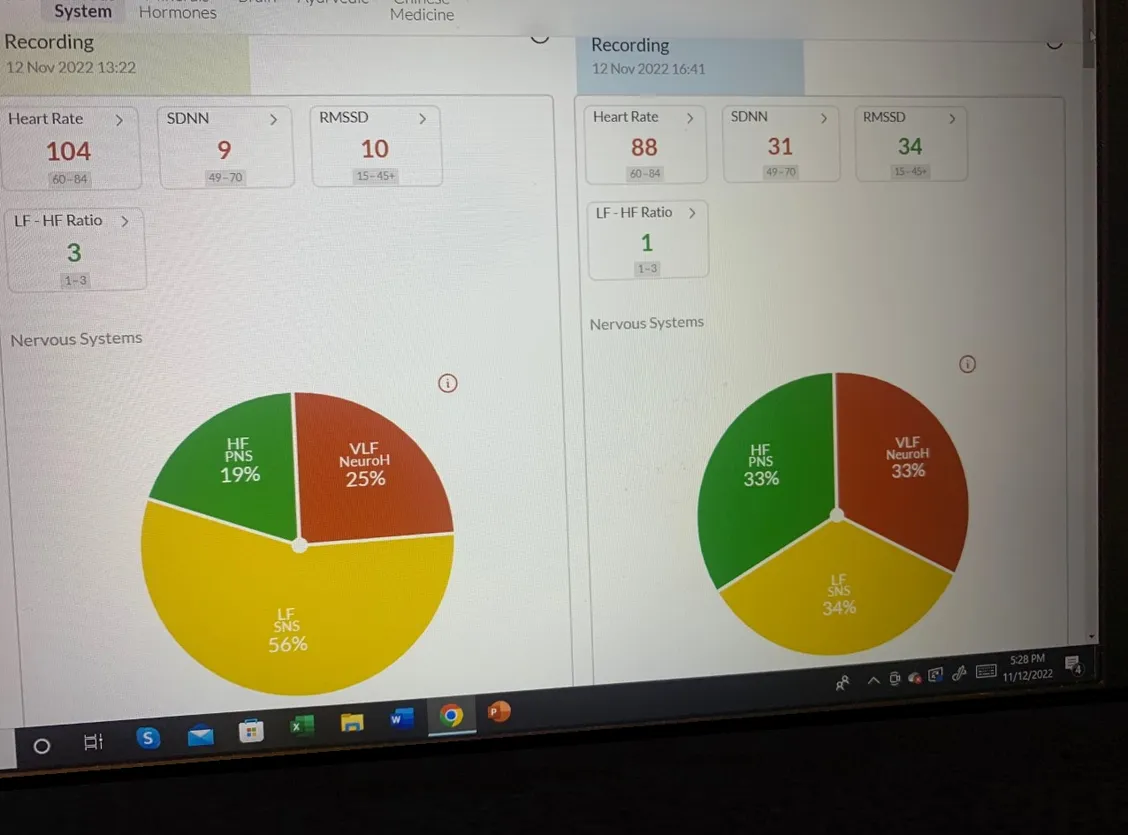
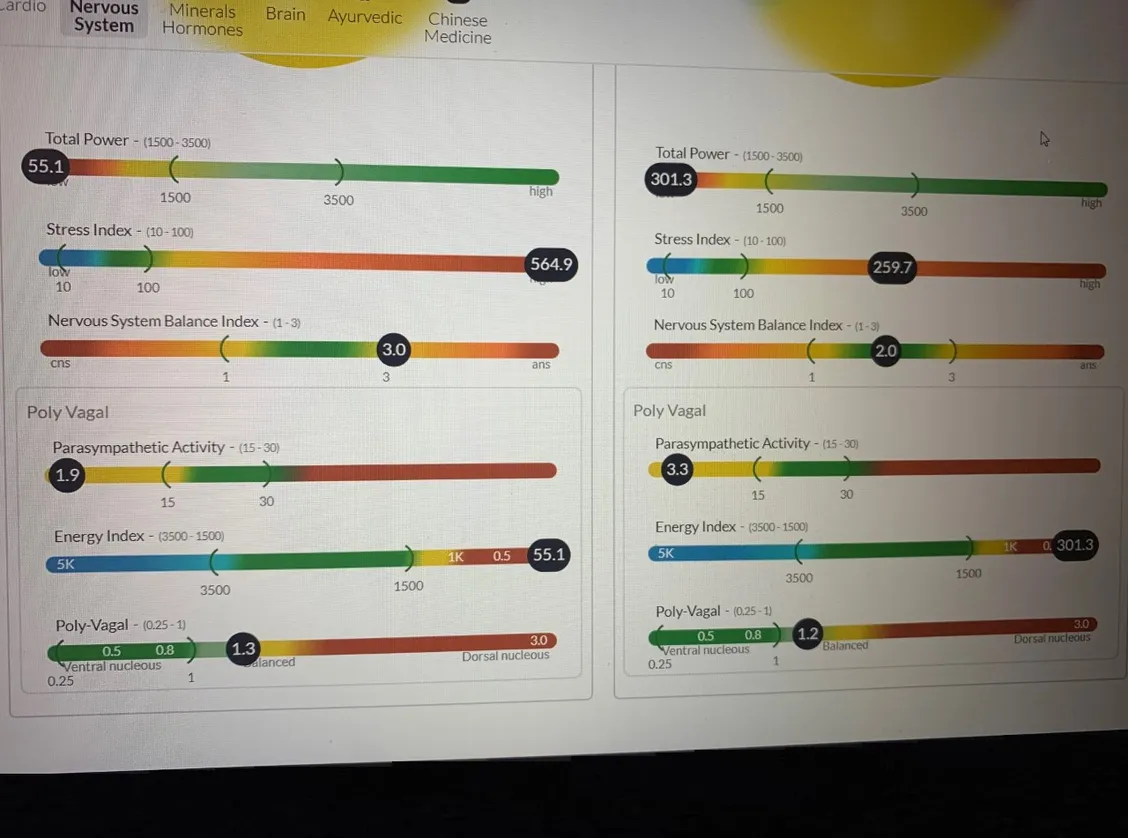

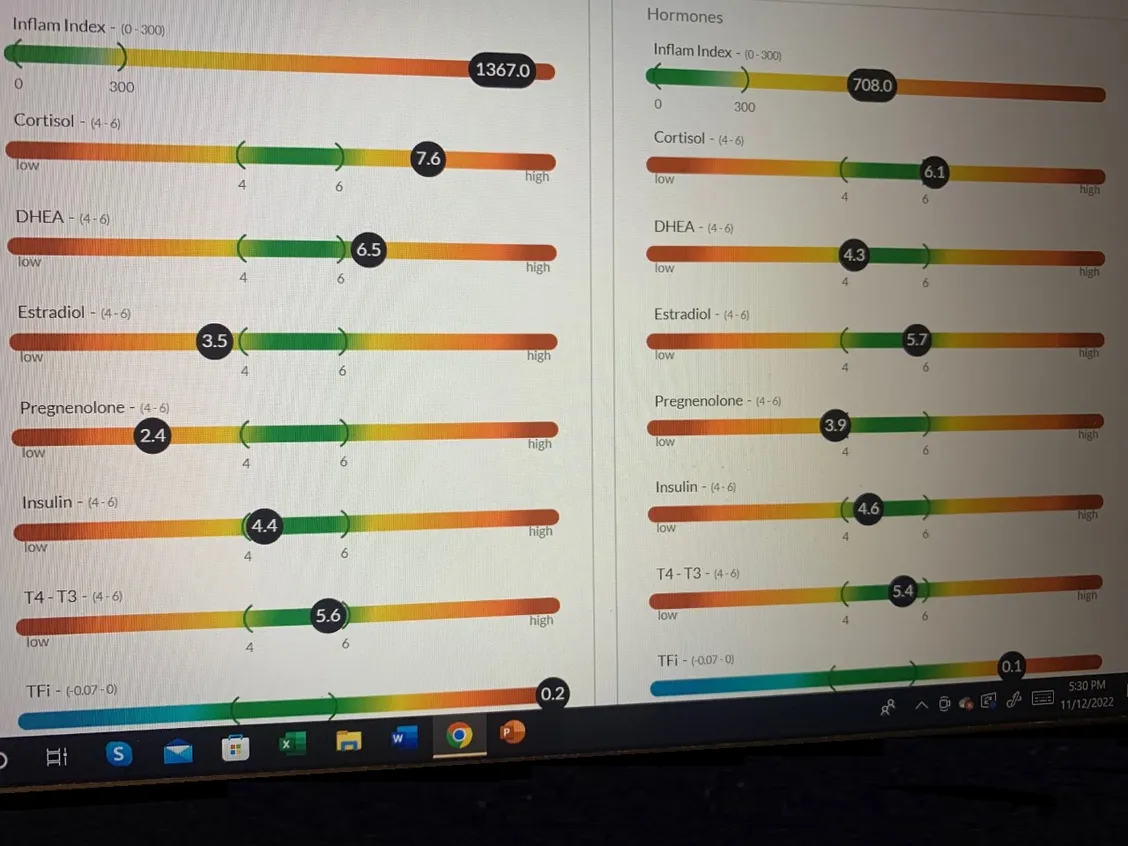



Mechanism of photobiomodulation therapy in mitochondria


(A) The flow of electrons and protons through the mitochondrial respiratory chain. Photobiomodulation stimulates cytochrome c oxidase, improves its catalytic activity, and elevates ATP synthesis. All these results in enhancement of neuronal respiration and metabolic capacity. (B) The structure of cytochrome c oxidase and electrons path through its subunits. The complex contains two copper centers as well as two heme prosthetic groups. Photobiomodulation may dissociate nitric oxide from binuclear center (a3/CuB), allowing oxygen to return, and facilitates electron transfer and increases proton gradient.
Photobiomodulation underlying mechanisms at the cellular and molecular levels

Light at 600–850 nm is absorbed by the mitochondrial electron transfer chain and leads to upregulation of the neuronal respiratory capacity. The near-infrared light at range of 900–1100 nm is absorbed by structured water clusters formed in or on a heat/light-gated ion channels. An increase in vibrational energy of water cluster leads to perturb the protein structure and opening the channel which ultimately allows modulation of intracellular Ca2+ levels. The absorption of green light by neuronal opsin photoreceptors (OPN2–5) activates transient receptor potential channels which causes non-selective permeabilization to Ca2+, Na+
and Mg2+. The cryptochromes (a class of flavoprotein blue-light signaling receptors) absorb blue light and seems to activate the transducing cellular signals via part of the optic nerve to the suprachiasmatic nucleus in the brain, which is important in regulation of the circadian clock.


Acata Core Harmony™ is a Private Membership Association (PMA).
The information on this website is intended for members only.
Acata Core Harmony™
© 2024 All Rights Reserved
